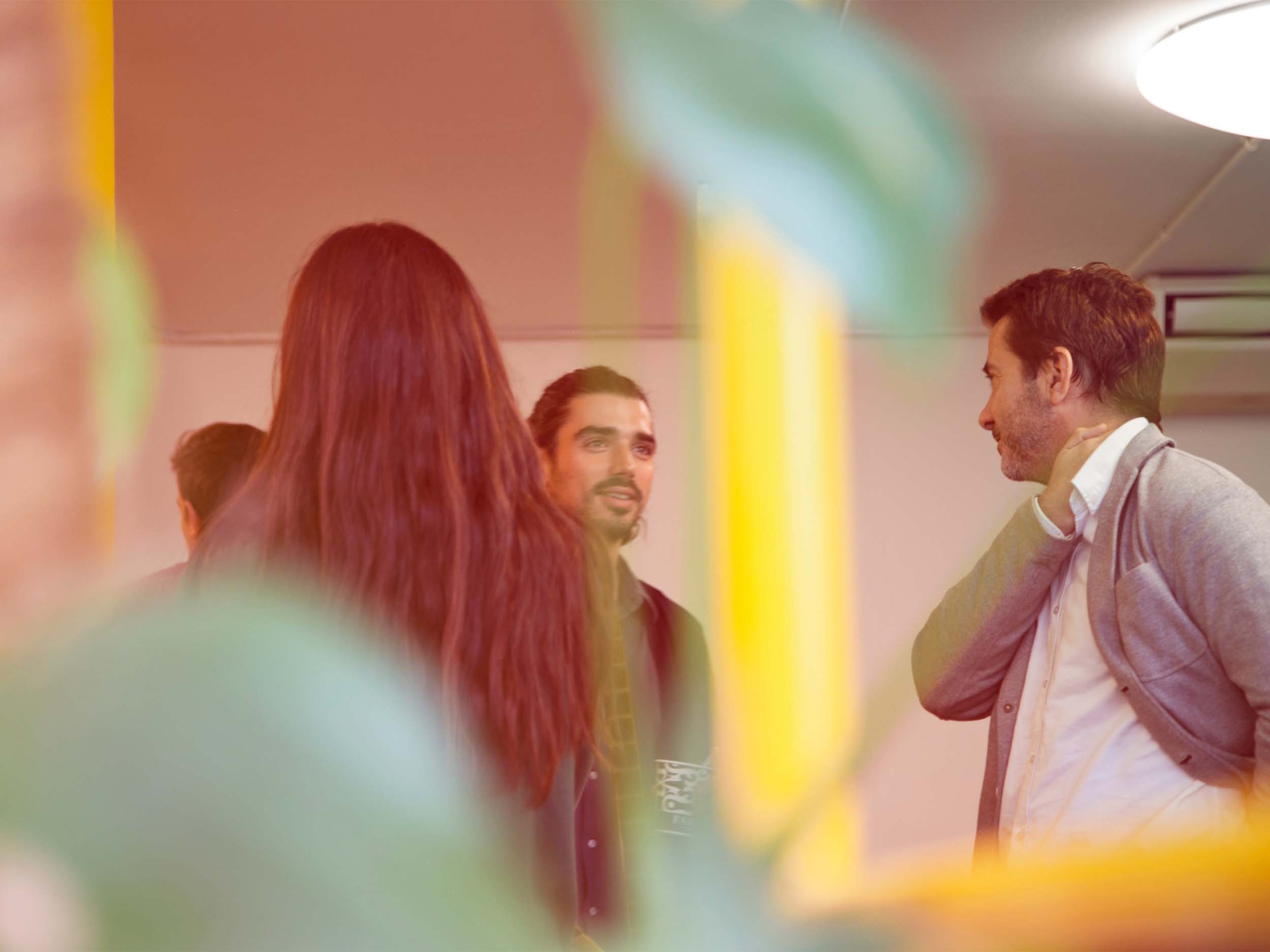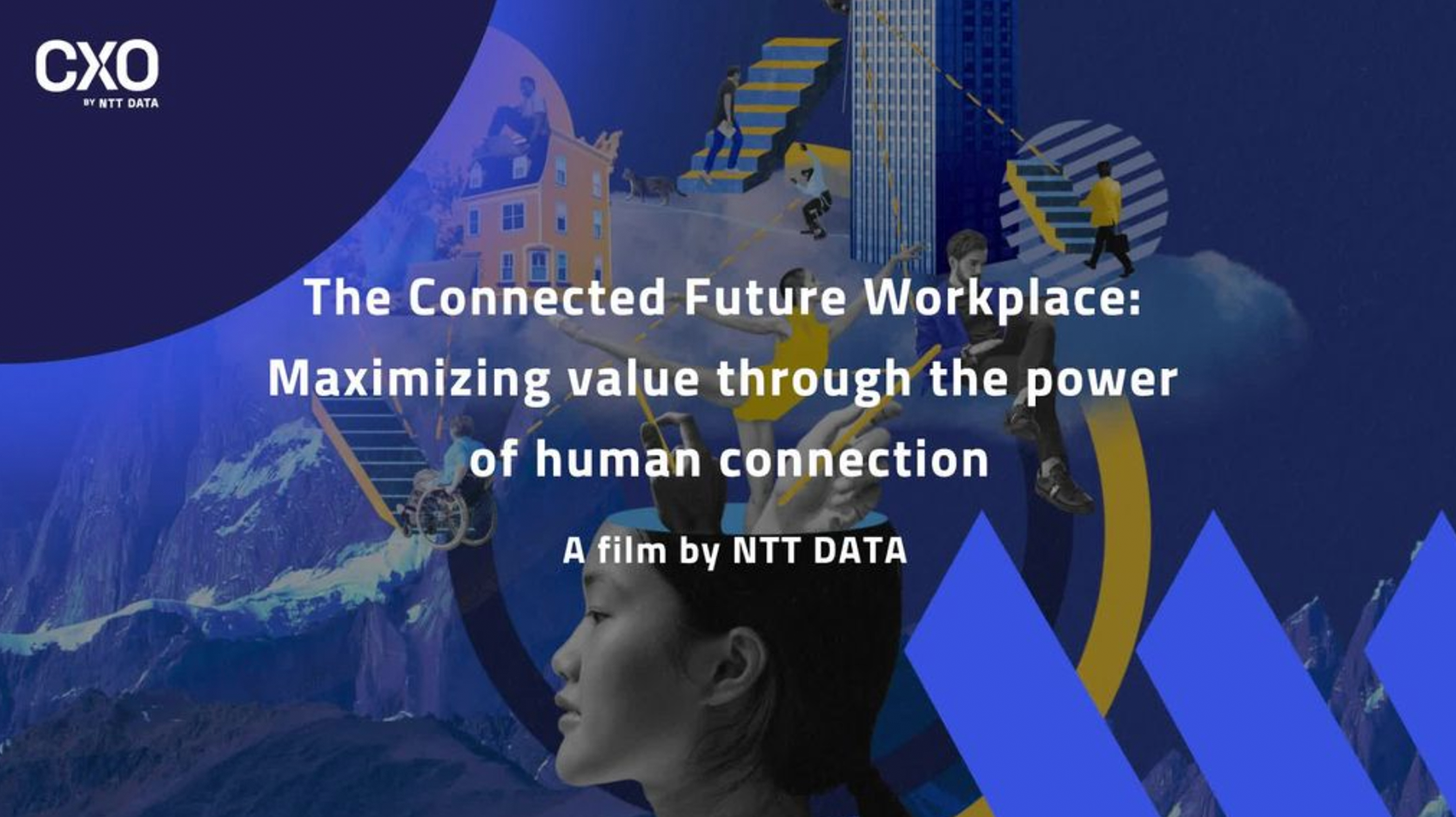
Photograph: Joanna Nix Walkup/Unsplash
The recent pandemic is transforming society at all levels, bringing significant changes in our personal and working lives. We are experiencing a completely new dimension of work compared to a year ago; social distancing has led companies to put in place different solutions to allow activities to be continued remotely.
After more than a year of dealing with Covid, what is emerging is a new working model based on a hybrid approach, which allows employees to work “anytime, anywhere”, according to their role and type of activity. When this happens, leaders will face the challenge of simultaneously supporting office workers and remote workers.
This approach completely transforms the way we think about work: from physical presence in the office to the possibility of defining where and when we work; from measuring the performance and productivity of employees on a working time basis to a goal achievement evaluation; and from processes based on interactions, physical collaboration and paper exchange to digital practices, that guarantee high-quality output even when working autonomously or with digital-only collaboration.
This transition does not concern only the organisational and operational aspects of work, but the whole culture: the engagement, the collaboration and the involvement in the innovation processes of all the employees, who will spend less and less time physically at the company.
This approach completely transforms the way we think about work – from processes based on interactions, physical collaboration and paper exchange, to digital practices that guarantee high-quality output even when working autonomously.
According to the global ‘Rise of the Hybrid Workforce’ survey from October 2020, post-Covid, more than half (58%) of employees will work eight or more days each month from home, and 98% of meetings will include participants joining from home. This means almost every organisation is going to need plans for supporting both in-office and remote workers.
Communication for a sense of belonging and engagement (even remotely)
When working remotely and live meetings are considerably reduced, effective communication to involve and guide employees toward new challenges and new ways of operating while, at the same time, making them participants and “fans” becomes even more important.
This matter concerns management at all levels, which is called upon to implement clear, transparent, and regular communication.
Communication must give employees a clear view of strategy, purpose and trust while promoting initiatives that help develop a sense of belonging and engagement.
Digital tools such as virtual events, podcasts, webcasts, newsletters and webinars, combined with engagement tools to interact in real-time with employees, can help to reduce the constraints arising from the possible distance between people. These tools encourage a new way of experiencing professional relationships and keep the work culture alive.
Smart working also means smart learning
Research conducted by the Fosway Group in May 2020, involving 108 European organisations, showed that 94% of L&D professionals had to change their training strategies in response to the pandemic. Two out of three declared that they had made significant changes with respect to the content and methods of their work activities in the field of organisational training.
This is to be expected, as adopting new digital processes and new ways of working also requires reskilling and upskilling of employees. And whilst training enables employees to acquire or strengthen their soft skills – such as work by objectives, time management, collaboration and delegation techniques, as well as digital skills related to the effective use of available platforms and technologies – training, too, must evolve. It will not be based just on classroom courses with the classic top-down approach. But it will be organised in a “smart” mode leveraging employee engagement, i.e., accessible through self-learning methods and digital platforms. HR will certainly continue to play an important role in directing people towards specific paths of professional growth, but the employee will be able to play a new active role, becoming the protagonist of training choices, thanks to the availability of different contents to choose autonomously, both to fulfil specific tasks and for professional growth.
The introduction of social learning and gamification mechanisms (scores, levels, missions, challenges, achievements and rewards) also encourages involvement as well as increasing motivation for employees to achieve their growth and development objectives.
Social learning also allows organisations to take advantage of the “knowledge masters” – employees who, over the years, have acquired a huge amount of knowledge and skills specifically relevant to the company (i.e. tacit knowledge), who can then share this knowledge with new generations.
All this enables the creation of personalised learning paths, varied and adaptable to changing needs, stimulating not only innovation but also individual involvement – making each employee an active part of their own professional development and, consequently, of the company’s growth.
All this enables the creation of personalised learning paths, varied and adaptable to all changing needs, stimulating not only lateral thinking and the generation of innovation, but also individual involvement – making each employee an active part of their own professional development and, consequently, of the company’s growth.
The workplace, reimagined
In this context of hybrid work, where presence in the office will alternate with work elsewhere, the concept of the workplace itself must also change.
In recent months, it is emerging that offices should no longer be considered as places to carry out work activities, but locations where knowledge is exchanged, ideas are shared and professional relationships are established.
A change will occur in the concept and layout of physical offices favouring spaces designed to encourage exchange and collaboration between company employees and with customers or partners.
These spaces will facilitate the free flow of ideas with a company’s whole ecosystem, leading to solutions and innovations that transcend the boundaries of the individual company. This also allows greater flexibility, as companies will have use of physical spaces (not owned by them) dispersed across geographical regions.
The new hybrid office concept will therefore have to be extended, able to guarantee continuity between the physical place and the digital workplace. It will be a virtual workspace where you can find information of interest, where the services offered by the various functions are available and where colleagues can interact, asking questions, exchanging opinions, proposing ideas and sharing material and documents.
…
For organisations, the real challenge at the moment is to be able to drive this transformation of the working environment, keeping in mind that the endpoint, the new normal, is not defined, but it is in continuous evolution.
Every company must set up agile change management models, based on iterative and incremental approaches, and rethink organisation design with communication, learning and a collaborative, hybrid workplace at the centre.
In order to respond to the age of disruption, the readiness – and appetite – for change must be carefully nurtured through corporate culture, eliminating those barriers that the pandemic has shown us are not insurmountable.









































